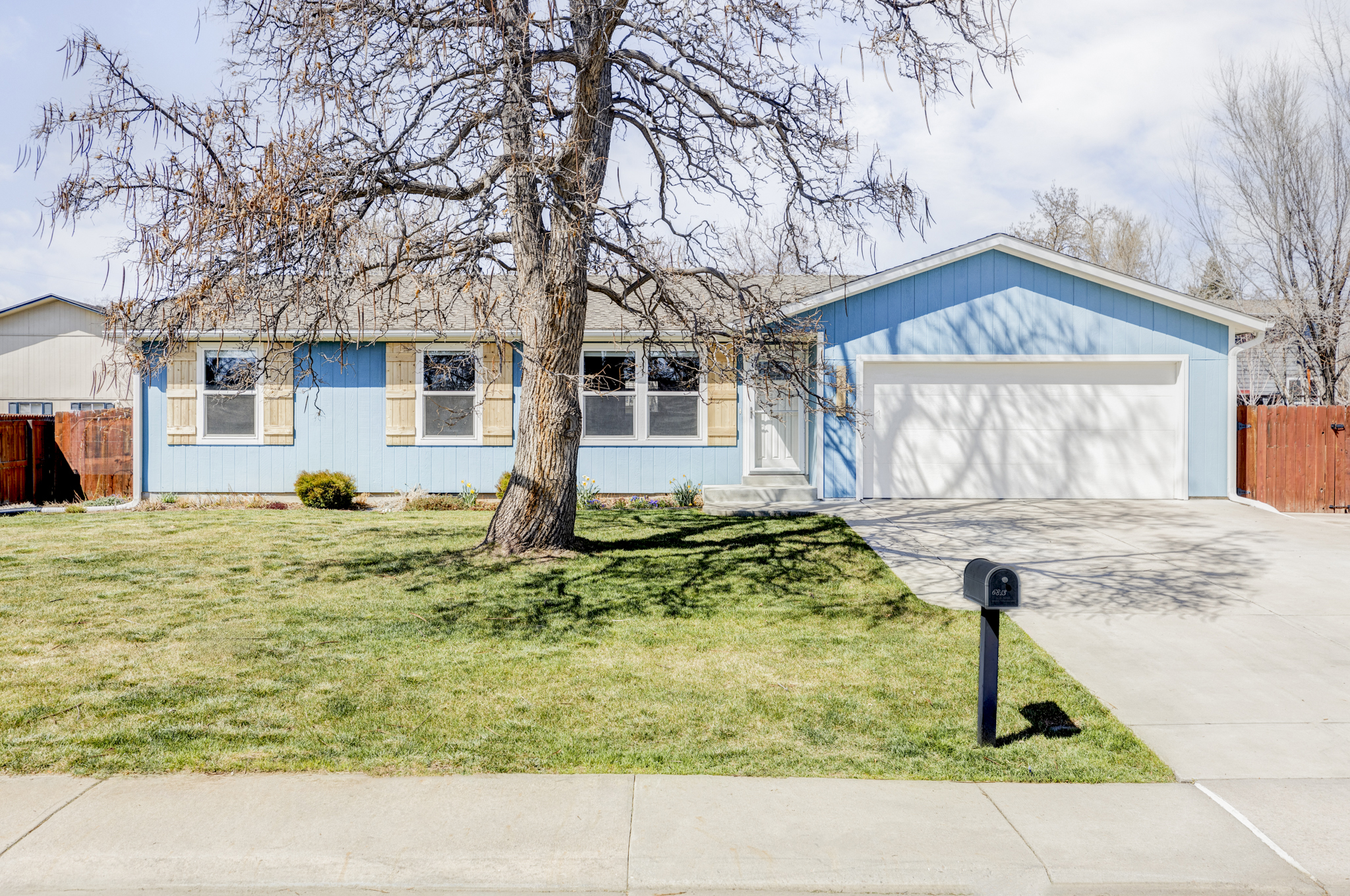Curtis Park is often hailed as one of Denver’s most historic and most diverse neighborhoods. These characteristics are reflected in many aspects of the locale, from its architecture to its residential landscape, economic make-up, and storied past. Today, it represents an eclectic and artful space that is a favorite of young professionals, artists, and others eager to partake in its lively, energetic scene.
Northeast of downtown Denver, Curtis Park sprang up alongside the arrival of the railroad in the area in 1870, and the neighborhood is often called Denver’s first “streetcar suburb.” The years that followed its inception were rich in development and prosperity with a bevy of building projects to match the influx of new residents looking to call the area home. The variance in the sizes and styles of the area’s homes dates back to these original settlements and the decades that followed as residents across the spectrum of economic status put down roots. Much of the area is designated on the National Register of Historic Places, largely due to the abundance of these historic buildings that are still standing and in use today.
The locale’s mix of architectural styles—from Italianate to Victorian, Romanesque, Denver Squares, brownstone rows, and more—results in beautiful streetscapes brimming with charm. This architectural intrigue adds to the area’s cultural identity, which is steeped in multiple art forms. It has a rich musical history—once a popular area among jazz greats, it is now home to many music venues. Curtis Park also contains the much-loved River North Art District, cultural landmarks such as the Black American West Museum, and numerous eateries and craft breweries. It is an energetic, beautifully diverse Denver locale to call home.




